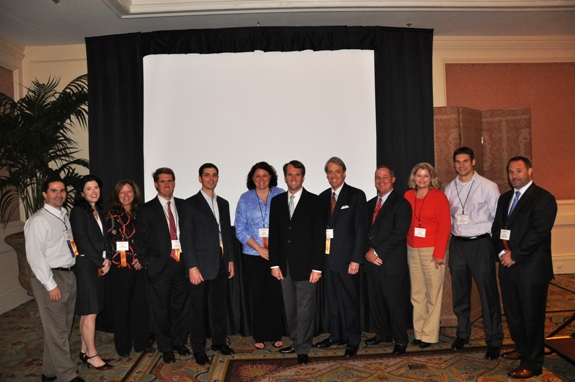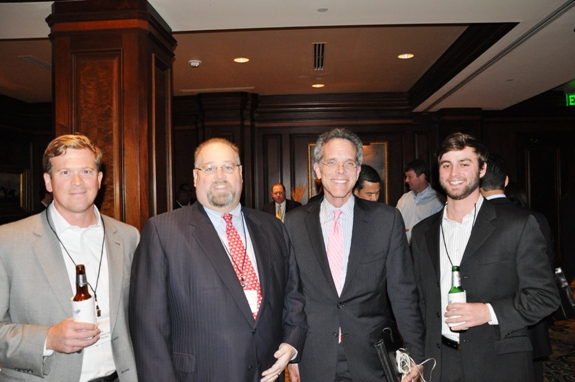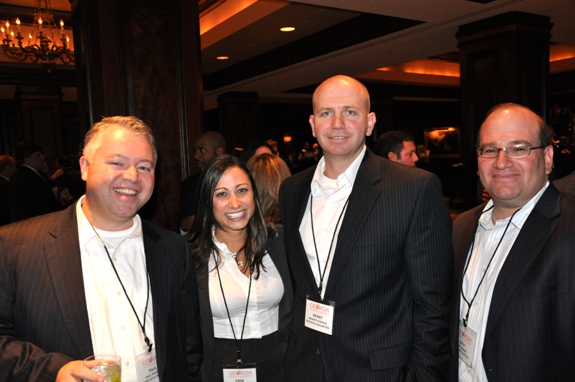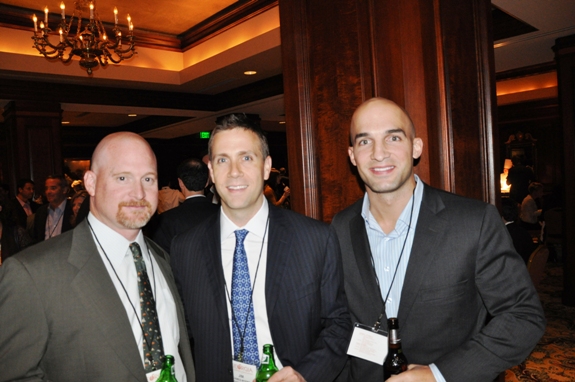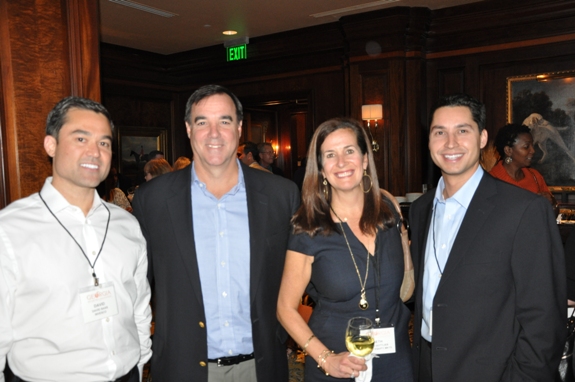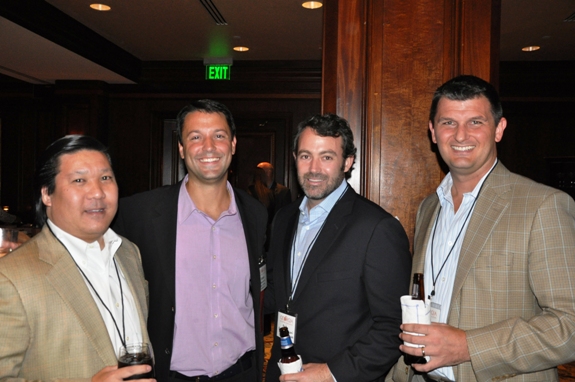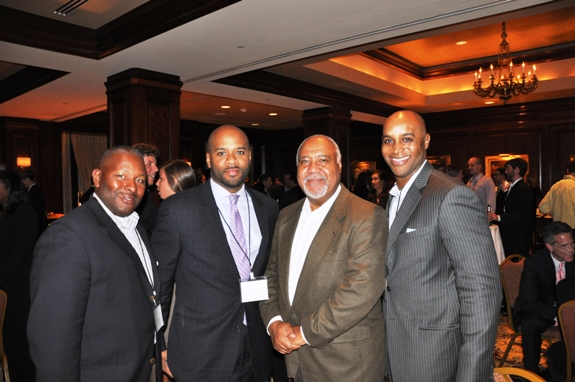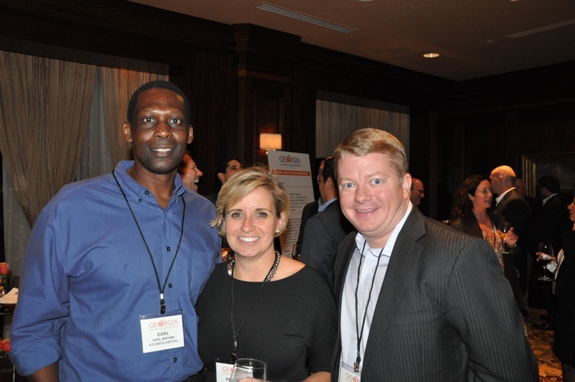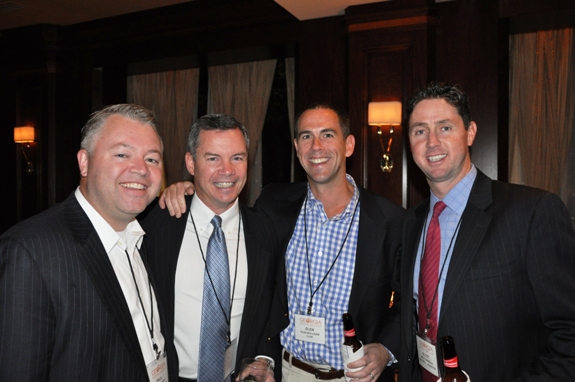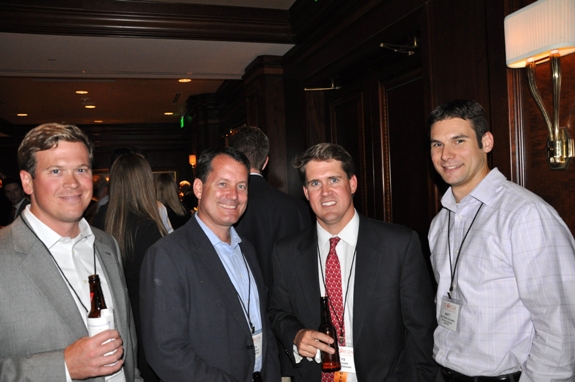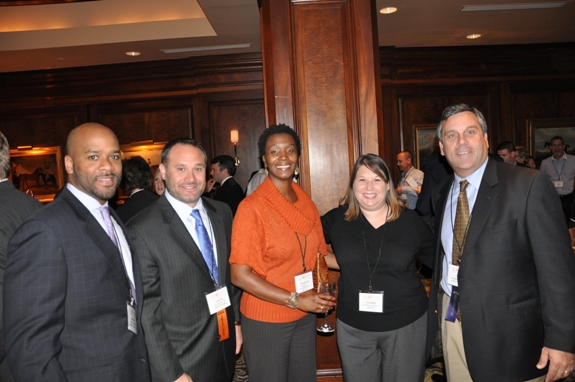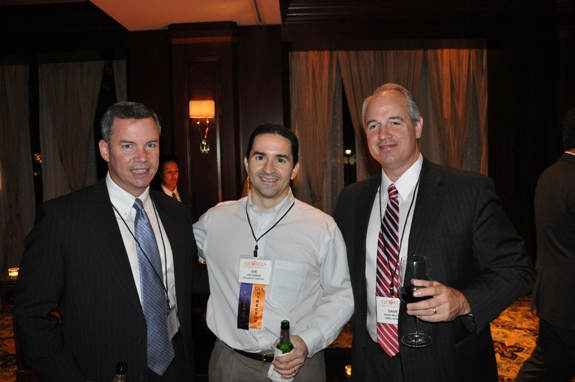Jose Marques is a managing director and global head of electronic equity trading at Deutsche Bank. Recently, he spoke with Traders Magazine about changes to the markets in 2010, reports on how buyside orders are handled and how this year’s volumes will shape up.

He spoke about transparency for dark liquidity; changing technology in the markets; on 2010 being a seminal year for electronic trading; and on the buyside having more information about its orders.
On transparency for dark liquidity
We’d be very supportive of post-trade transparency around dark liquidity on a weekly or monthly reporting schedule. Listing publicly where liquidity resides is useful and healthy for the marketplace. Reporting schedules are one of the regulatory issues that consistently bubble up. We’d live with end-of-day transparency, if that’s where the consensus falls. However, for low- to mid-cap names, one-day reporting is fairly problematic. It’s nearly impossible to complete an institutional-size order in something small like "Fred’s Taco Stand" in just one day. Disclosing where the ax is can potentially create excess impact and information leakage. It’s not about hiding; it’s about making the choices that are contributing the least to market dislocation.
On changing technology in the markets
I think as an industry we obsess about high-frequency trading and possibly end up missing the real issue-that our markets have permanently and irrevocably changed. Automation has come to our markets, no differently than with the automobile industry. Ford is unlikely to revert to a human driven assembly line. Robotics has taken over the riveting in automobile construction. Every industry in our economy has been profoundly and positively affected by automation. Similarly, automated trading strategies are here to stay.
Electronic trading tools-once, an anomaly on the buyside desk-are now the norm and a permanent part of the landscape. What’s really happened is that small, nimble proprietary shops were early adopters of modern trading technology. They turned out to be a displaceable force in our markets and have permanently altered the old specialist model. Automated liquidity providers now do everything that the specialists and market makers did in yesteryear and do it better, faster, more cheaply and with fewer errors and a better audit trail. What we’re seeing now is that the rest of the marketplace is starting to use the same tools.
The buyside has begun migrating to these tools and accepts the reality that a technological revolution doesn’t go into reverse. And a point that we’re not stressing enough is how the market impact and subsequently the costs of trading for both institutional and retail orders have fallen sharply due to the resultant market structure evolution.
On how 2010 has been a seminal year for electronic trading
Electronic trading could be viewed as a fast car that needs an experienced driver, rather than a newly licensed adolescent. The adolescent has the potential to do all kinds of destructive things with the fast car, and one day he runs into a telephone pole. For the stock market, that was May 6. The market always knew that one day it would have to get it together. So now exchanges have pre-trade risk checks, collar prices and enforce circuit breakers.
These are things we should’ve had all the time, but didn’t. We’re very happy to see that exchanges are working together to deliver their regulatory obligations for providing fair and orderly markets. While the details around circuit breakers and price collars may be adjusted and tweaked in the future, at least the basics for preventing another May 6 are in place.
On the buyside having more information about its orders
The most sophisticated on the buyside have definitely asked for more transparency into where, how and why their orders are being routed. An interesting dynamic is, you’ll have folks who have a negative outcome at one venue after executing 1,000 orders with excellent outcomes. They’ll forget the 1,000 good trades and focus on the outlier. They’ll call us and ask us to never send another order to that venue.
Over the course of a few months, the pattern repeats, and pretty soon implementation costs start to climb. It’s incumbent on us to prevent this. We make sure clients don’t block themselves from a significant percentage of the market’s liquidity. We help them maximize access to liquidity and protect them as they do so. We know when to go to aggressive venues and to less-aggressive venues to optimize the trade-off between market impact and liquidity.





